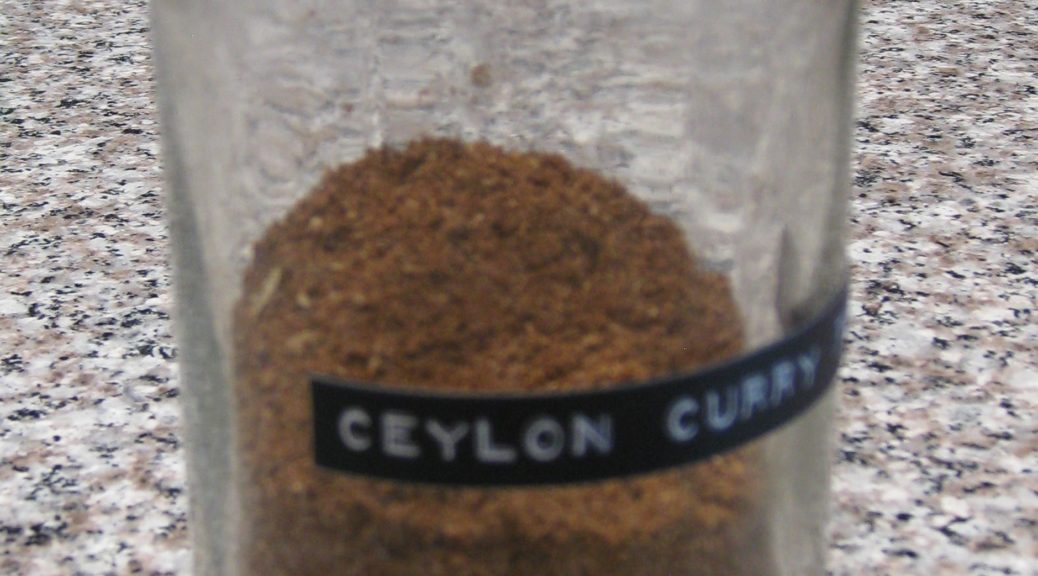August 8, 2018
Most historians of cooking claim that curry powders are legacies of the European colonization of South and Southeast Asia. I don’t doubt that this is partially true but I think the reality is much more nuanced.
The word “curry” is believed to come from the Tamil word “kari,” meaning sauce. Now, however, the term is applied to a range of dishes from a wide swath of South and Southeast Asian countries, not just to dishes from India.
What constitutes a “curry powder?” Does it take multiple spices and herbs or just more than one?
In Sri Lankan cooking, for example, the combination of coriander and cumin in a two-to-one mixture is commonly used in many dishes. This is so much the case, that Nanacy Rajapakse, who taught me Sri Lankan cooking, suggested that I make the mix and have it available for use as needed.
Join our mailing list and you’ll never miss a recipe again!
I think we can generally acknowledge that “curry” as we use the term in the Western world, is really a Western construct. It usually refers to a generously spiced dish cooked in liquid, though the liquid may be (mostly) boiled away in some cases to make a “dry” curry. The word “curry” (or translational equivalent) may not figure into the name of a given dish in the local language but when rendered in English, I suspect, the word “curry” is often used in the name of a dish to signify the general concept.
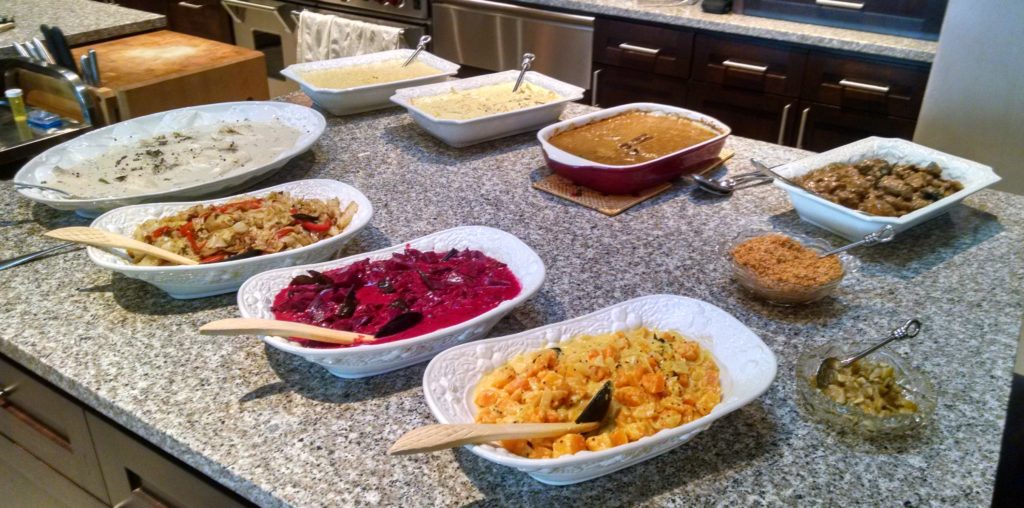
Whether commonly prepared spice blends used in these countries actually constitute “curry powders” is a matter of definition and whether or not these spice blends pre-date, or are a result of, European influence is up for debate. Even when curry powders or pastes are used, my experience is that other herbs and spices are almost always added to fine tune the taste of a dish. In South and Southeast Asian cooking, it would be rare to rely on curry powder alone to flavor a dish.
Clearly, however, the way spice blends are used in South and Southeast Asia differs from the way “curry powder” is used the Western cooking, whether the curry powder is used to impart an interesting flavor to an otherwise Western dish (like deviled eggs, for example) or to create a Western version of an Asian dish (like a generic “curry” found in so many cookbooks that predate the last 20 years, or so).
Follow us on your social media platform of choice
In addition to the coriander-cumin blend noted above, Sri Lankan cuisine makes use of roasted curry powder for meat dishes and unroasted curry powder for vegetable dishes.
Though the spices for many “curries” are cooked in oil at the start, the roasted curry powder of Sri Lanka is different. It produces a depth of flavor that is completely different from that which can be obtained by simply frying the raw spices and herbs at the beginning of cooking. While it’s easy to pull together different spices individually for each non-meat dish that might otherwise use an unroasted curry powder, one cannot replicate the taste of roasted curry powder without actually roasting it. There really is no substitute for roasted curry powder if one wants to make traditional Sri Lankan food.
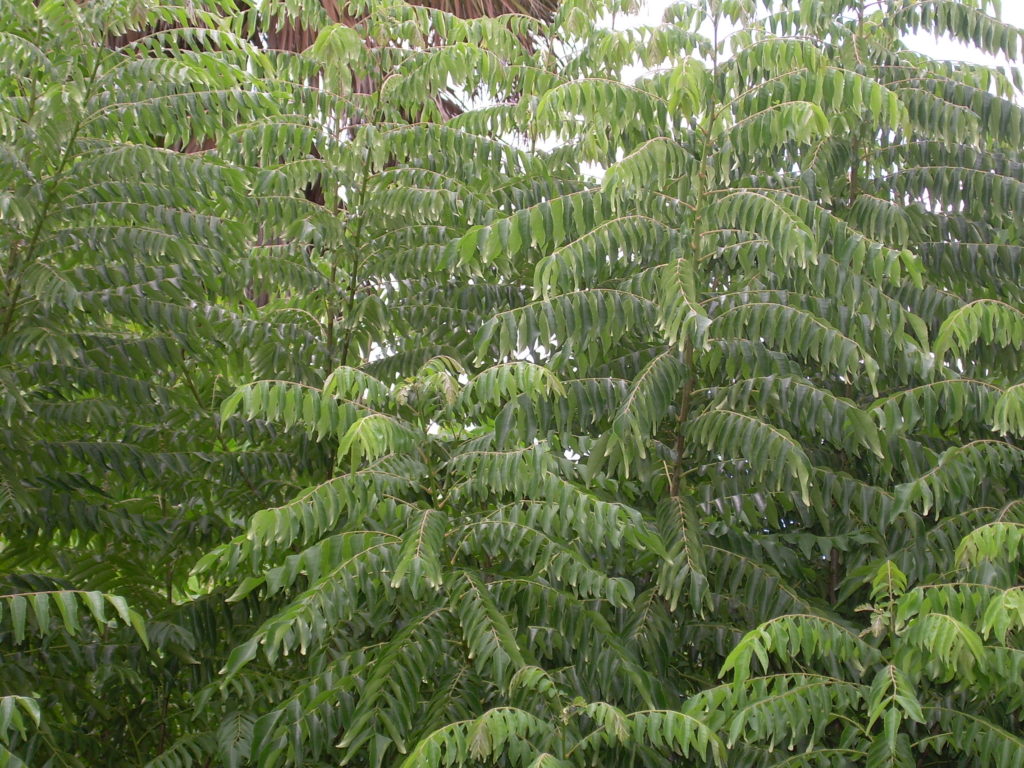
There are several dishes planned for the coming months that make use of roasted curry powder. Today’s recipe is the starting point for those recipes. If you have any interest in Sri Lankan, or South Asian, cooking you won’t be disappointed in whipping up a batch of this curry powder.
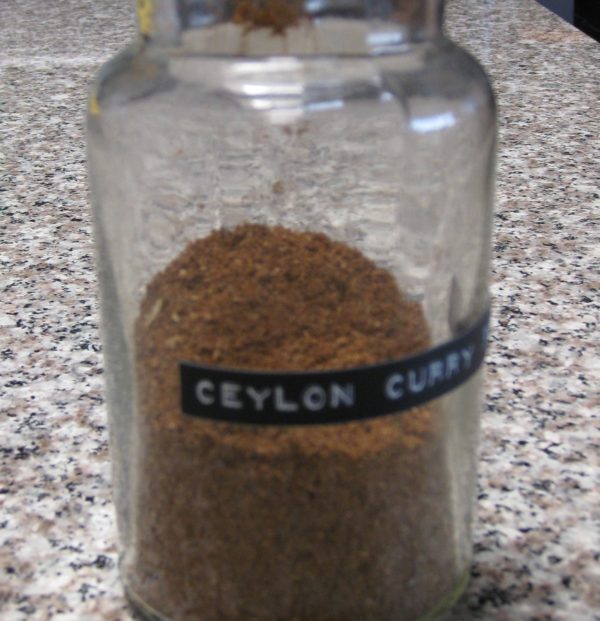
| Prep Time | 10 minutes |
| Cook Time | 25 minutes |
| Servings |
cup
|
- 5 tablespoons whole coriander seeds
- 2 tablespoons whole cumin seeds
- 1/2 tablespoon whole black peppercorns
- 1/2 tablespoon yellow mustard seeds
- 1/2 tablespoon fennel seeds
- 3/8 teaspoon whole cloves
- 3/8 teaspoon broken stick cinnamon
- 1/4 tablespoon cardamon pods lightly crushed
- 4-5 curry leaves if available
- 1 tablespoon cayenne pepper
Ingredients
|

|
- Combine the coriander seeds, cumin seeds, peppercorns, mustard seeds, fennel seeds, cloves, and cinnamon on a rimmed baking sheet.
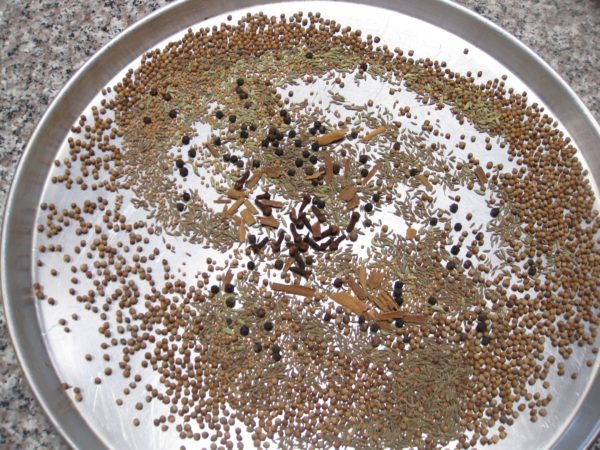
- Roast in the oven 325º F, stirring occasionally, until golden brown, approximately 20-25 minutes.
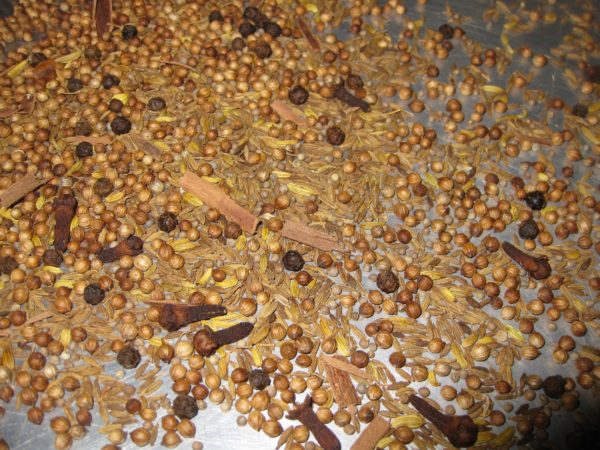
- Lightly crush the cardamom pods but don't remove the husk.
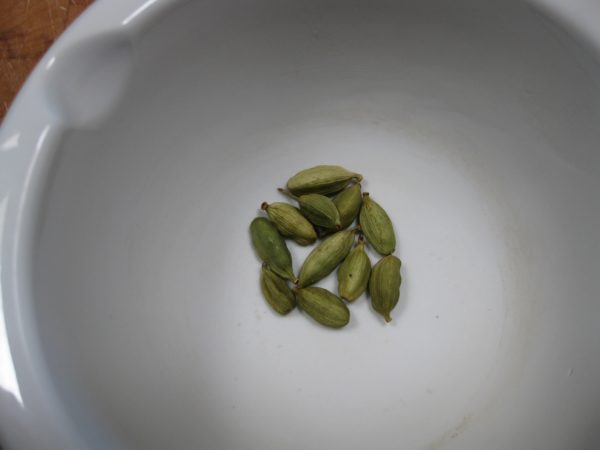
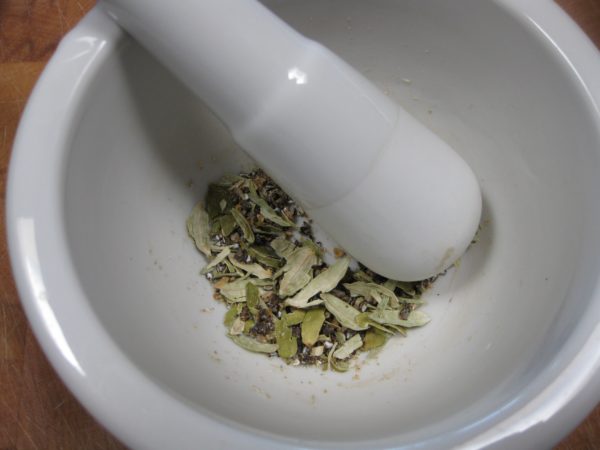
- Combine the cardamom pods and curry leaves on a different baking sheet.
- Roast the cardamon pods and curry leaves in the same oven as the seeds until the leaves are crispy. Remove the leaves
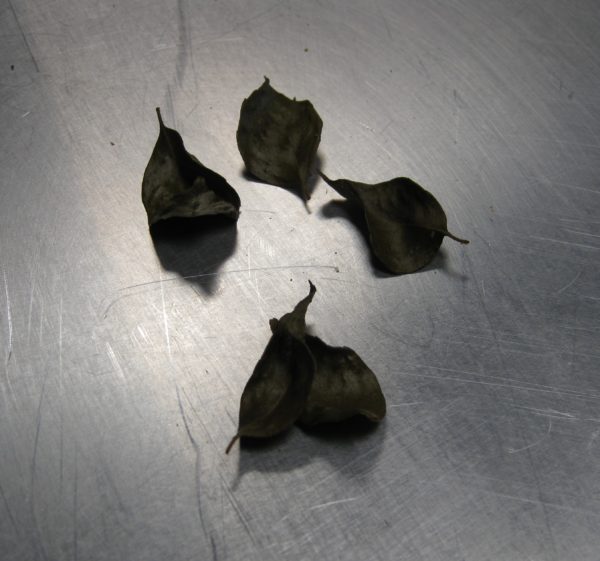
- Continue roasting the cardamom pods until lightly browned.
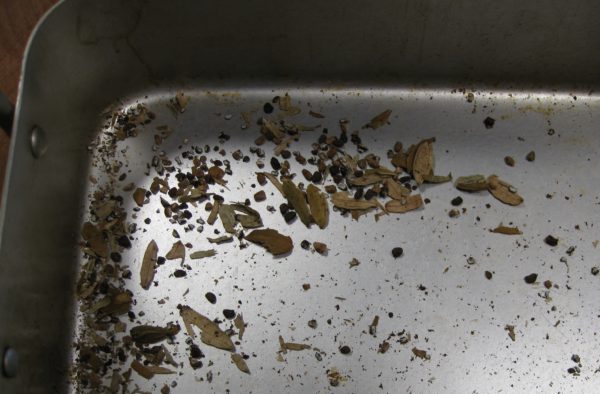
- Roast the cayenne pepper in a dry frying pan over moderate heat till slightly darkened in color.
- After removing the roasted spices from the heat, immediately pour them into a cool rimmed baking sheet as the heat of the baking or frying pan can overcook them.
- Finely grind the coriander seeds, cumin seeds, peppercorns, mustard seeds, fennel seeds, cloves, and cinnamon in a coffee mill.
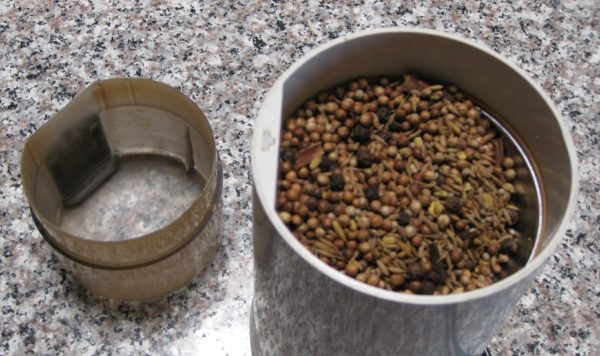
- Stir in the roasted cardamom pods, curry leaves and cayenne pepper. The curry leaves and crushed should not be ground.
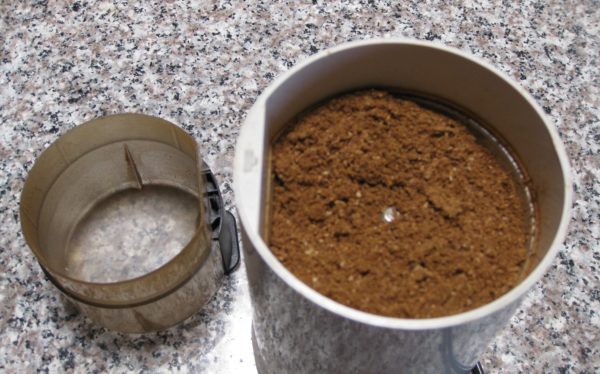
Copyright © 2018 by Villa Sentieri, LLC. All rights reserved.

